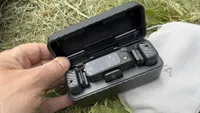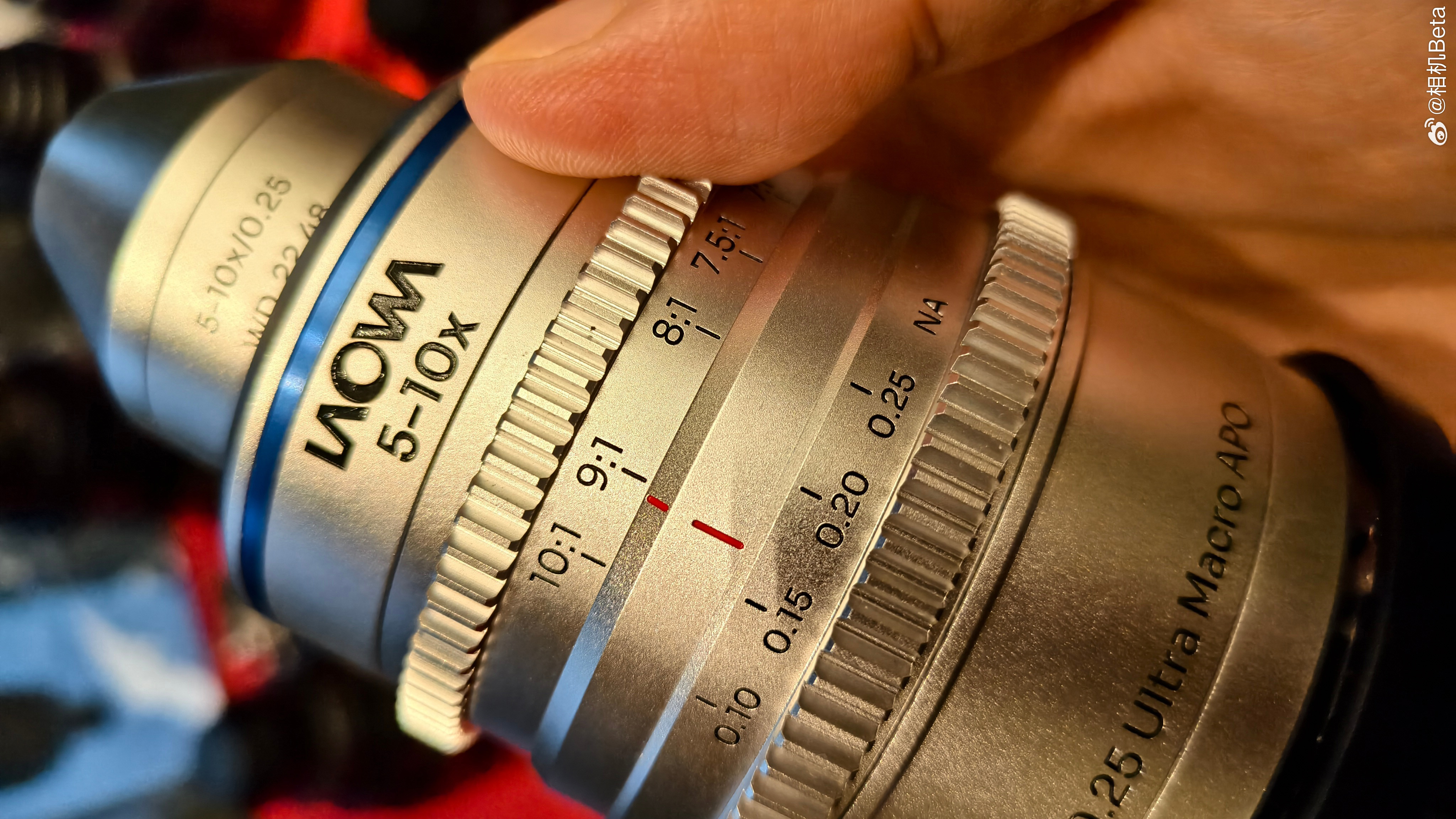Digital Camera World Verdict
If you’ve yet to ‘bite the bullet’ and purchase a wireless mic kit, then the Boya Mini 2 is a good starting point, as it can free you to walk and talk wirelessly while capturing studio-grade audio (thanks to its upgraded 48 kHz / 24-bit quality). An 80 dB Signal-to-Noise Ratio gives hiss-free audio, and 120 dB Max SPL (Sound Pressure Level) handling helps prevent distortion from loud voices or instruments (plus the -12dB safety track also helps ensure that your audio levels aren’t clipped). These features help ensure that the Boya Mini 2 is an effective ‘plug and play’ mic that’s ideal for content creators who want better quality audio without having to fiddle with mic settings.
Pros
- +
Small and compact
- +
Highly affordable
- +
Upgraded audio quality
- +
Safety track
Cons
- -
Drop-out when line of sight is lost
- -
Ineffective wind shield
Why you can trust Digital Camera World
Modern cameras and smartphones capture high-quality footage, enabling our video content to look as good as broadcast TV. However, the audio quality of our footage will often let the side down when it comes to our programme’s production values. A key problem sound recordists face is distance. Sound levels reduce by 6dB every time you double the distance between the speaker and the mic. The rumble of wind noise can obscure dialogue, and as soon as you step a few feet away from your camera’s built-in microphone, your voice will become much harder to hear (especially when competing with ambient noise such as passing traffic).
Fortunately, it’s not difficult (or expensive) to capture better quality audio on your smartphone thanks to the Boya mini 2 - a wireless microphone kit that transmits your voice via a 2.4 GHz digital frequency from a transmitter to a tiny receiver plugged into your smartphone. By clipping the mic clip to your shirt, the distance between your mouth and the mic remains consistently close (even when you’re standing far away from your smartphone). This helps ensure that you sound loud and clear from up to 100 metres away. The Boya mini 2 also has a built-in AI noise-cancelling feature, so you can sound more audible in busy urban locations.
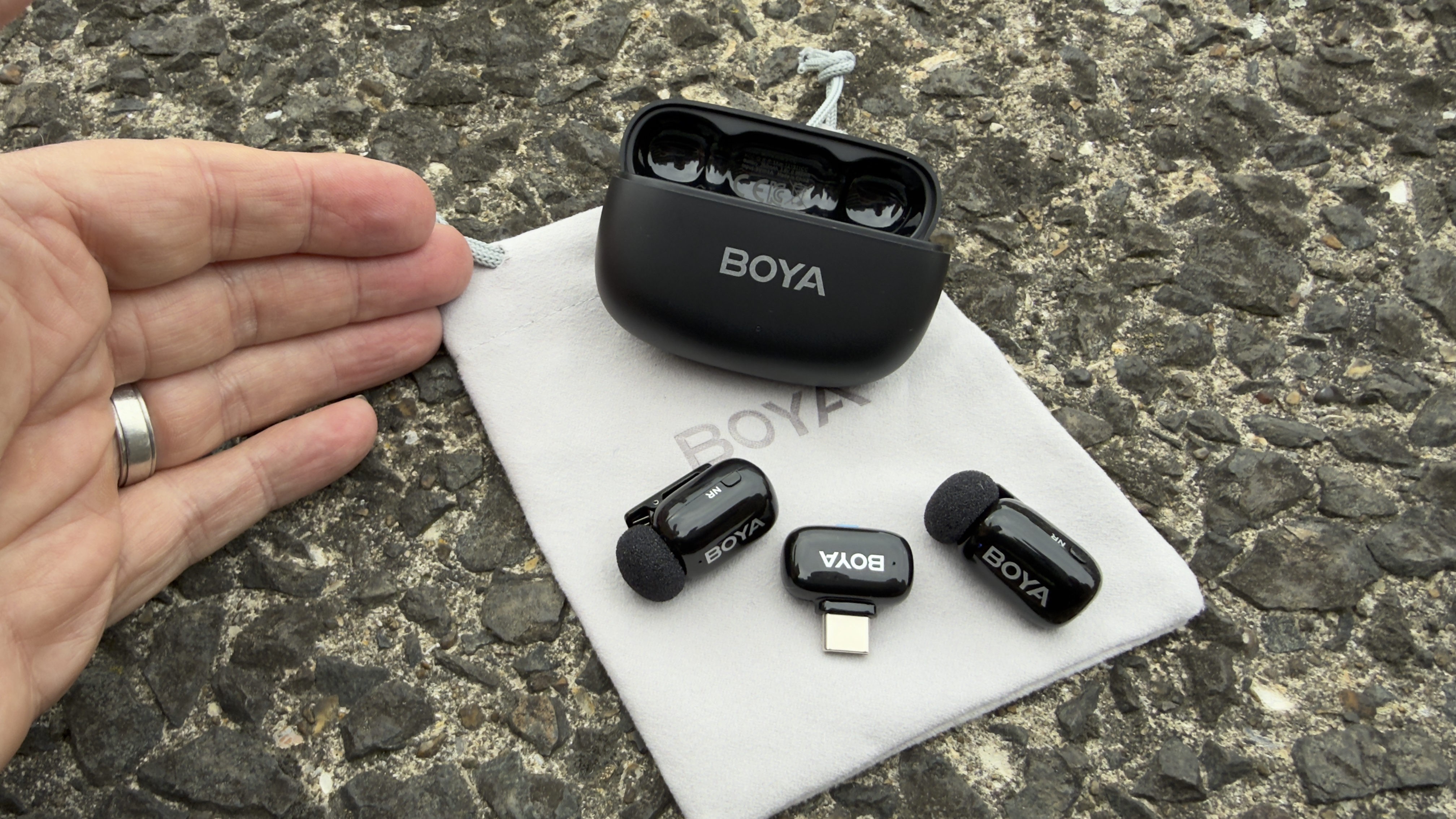
Specifications
Sample Rate / Bit Depth | 48 kHz / 24-bit |
Signal-to-Noise Ratio | > 80 dB |
SPL | 120 |
Noise Cancellation | Yes |
Onboard Recording | No |
Transmission Range | 100 m |
Battery Life | 6 hours |
Weight | 5 g |
Price
The Boya mini 2 retails at $30. If you’re a smartphone content creator who has yet to purchase a wireless mic, then I can happily recommend the Boya mini 2, as it will enable you to capture better quality audio once you step a few feet away from your smartphone (and out of reach from your device’s built-in mics).
The Boya mini isn’t perfect (which I wouldn’t expect given the price), suffering from signal drop-out if you turn your back on your camera. But as soon as you turn to face the camera, you’ll sound loud and clear from up to 100m (which won’t be the case if you’re relying solely on your smartphone’s built-in mic). When it comes to stopping poor audio quality undermining your video content, then parting with $30 to purchase the Boya mini 2 is a ‘no-brainer’!
Design & Handling
At first glance, the Boya mini 2 looks the same as the original Boya mini that I tested back in December 2024. The Boya mini 2’s press release mentions that there are two versions available, one with a Luna Silver finish and the other with a Matte Black finish. The version I tested certainly had a matte black carry case (which doubles up as a way to charge both transmitters simultaneously via its USB-C port). However, the two transmitters and the receiver looked as black and shiny as those on the original Boya mini.
So, what are the key differences between the Boya mini and the Boya mini 2? Well, for starters, the mini 2’s audio resolution has been upgraded from 16-bit to 24-bit/48 kHz, capturing a richer tonal detail and a wider dynamic range. The BOYA mini 2 also builds on recent milestones found in the more expensive Boyamic 2, which introduced Boya’s flagship AI noise cancellation.
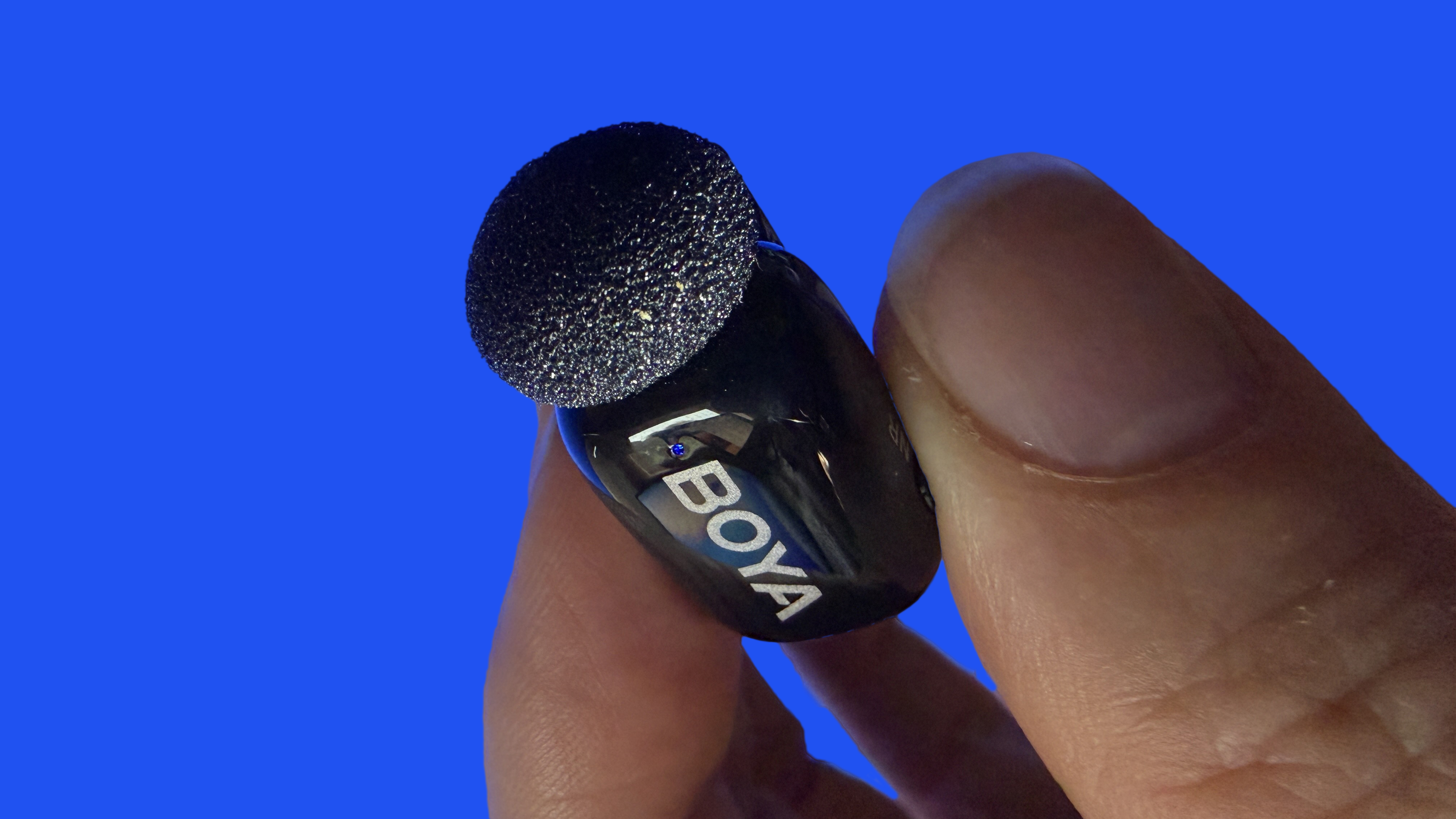
The mini 2 benefits from Boya’s proprietary Intelligence Deep Neural Algorithm Network - an AI-driven noise cancellation system that has been trained on more than 700,000 real-world noise samples and over 20,000 hours of data. This adaptive algorithm responds dynamically to different environments, delivering clear audio whether recording in controlled studio settings or unpredictable outdoor conditions such as bustling cityscapes. Press releases are handy but prone to propaganda, so check out my video in the Performance section to hear how the Boya mini’s upgraded noise cancellation feature actually performs in a city environment.
The best camera deals, reviews, product advice, and unmissable photography news, direct to your inbox!
We wouldn’t expect a budget mic such as the Boya mini 2 to have onboard recording (which enables you to plug holes in a soundtrack if there’s a drop-out in the signal between the transmitter and the receiver). However, it does feature a new ‘safety track’ option in case the built-in limiter doesn’t stop a subject’s voice from distorting. The safety track records a separate audio track at a lower sound level (-12db) compared to the main audio track, so you can use the non-distorted audio from the safety track when editing (if required).
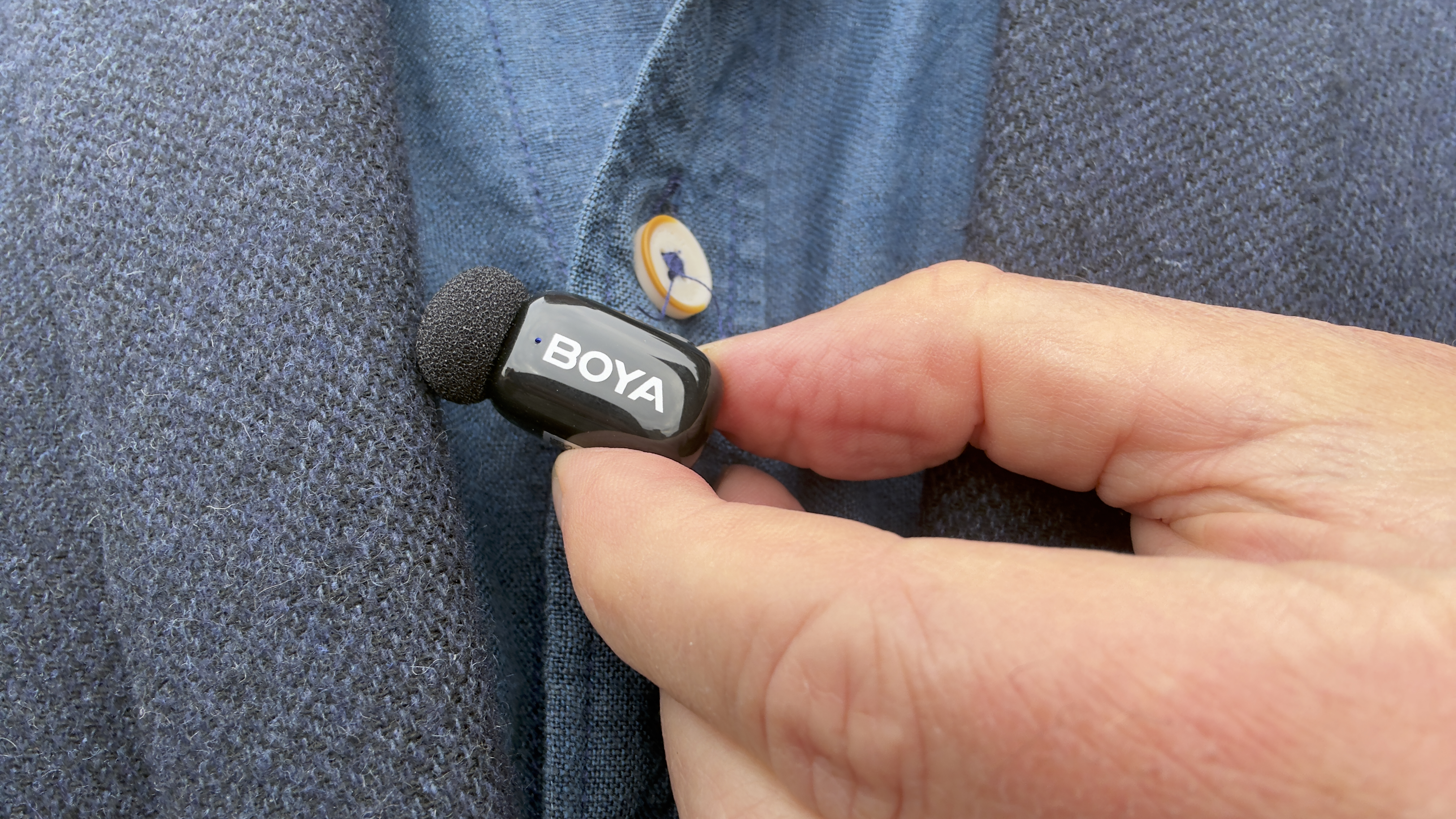
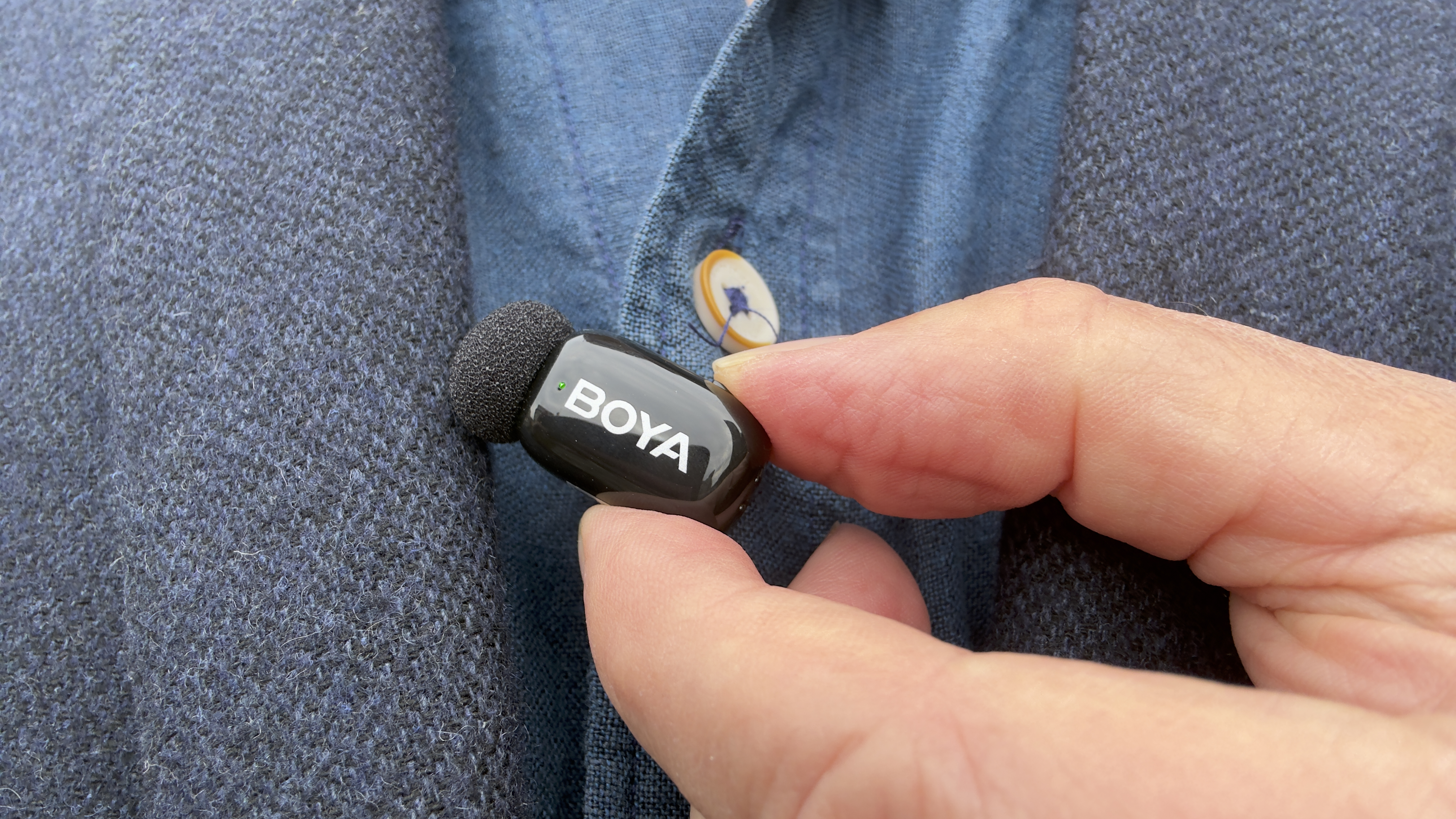
As a content creator who mostly uses smartphones these days, I was impressed at how small and portable the Boya mini 2 is. The Boya mini 2’s carry case is so small that I mistook it for my Apple AirPod case when rummaging around in my pocket. The wireless transmitters are tiny, and as they weigh a mere 5 g, they won’t cause clothing to sag when clipped to a shirt. Unlike many wireless mic keys these days, the Boya mini 2 transmitters don’t offer the option to attach them to a subject via magnets. They have a little spring-powered clip that gives a firm grip on a shirt or lapel. I prefer a clip as often a magnet will drop down inside a shirt when you detach a mic from a subject, and if you lose a magnet, this can render a mic kit useless. So the Boya mini 2 gets a thumbs up for its ‘old school’ clip.
Another key addition to the Boya mini 2 is deeper interactivity. Through the Boya Central App, users can fine-tune gain, adjust EQ (and alter the low cut settings from 75Hz to 150Hz), alter the strength of noise cancellation from strong (-40dB) to weak (-15dB), and perform firmware updates, tailoring the Boya mini 2 to their creative workflow. You can also use the app to set the mics to broadcast in mono or stereo, though if you choose the latter option, then you can’t record a safety track.
Performance
To test the Boya mini 2, I took it to the city and set up my iPhone 17 on a mini tripod alongside a busy street. I plugged the Boya mini 2’s receiver into my iPhone 17’s USB-C port. The Boya mini 2 ships with an additional receiver that’s designed to plug into older iPhone models that have a Lightning connection. Nice touch! Sometimes, when you plug a wireless receiver into an iPhone, the device gets confused and thinks that you’re trying to attach a different accessory (such as headphones).
As a result, you can’t record audio via the third-party mic. The Boya mini 2’s packaging features a reassuring ‘Made for iPhone/iPad’ logo that indicates the ‘plug and play’ credentials of the kit. To doubly make sure that I was recording via the Boya mini 2, I used the Final Cut Camera 2.0 app to record my review footage. This app enables you to manually check which audio source your iPhone is using.
Towards the end of this section’s supporting video, you’ll hear me record audio directly via my iPhone 17’s built-in mics. From a distance of arm’s length, the iPhone 17 enables you to hear my voice, but there’s a lot of additional ambient traffic noise and wind rumble to contend with. If I took a couple of steps away from the iPhone’s mics, my voice levels would drop by 6Db, so I’d need to boost the sound levels in an editing app such as Final Cut Pro, but this would exaggerate the traffic levels and involve lots of tinkering with post-production noise reduction tools. Fortunately, by clipping the Boya mini 2’s tiny 5-grammes weight transmitter to my shirt, I could keep the mic at a consistent distance from my mouth at all times and capture consistently clear-sounding audio from up to 100 metres away.
The Boya mini 2’s two transmitters have a foam windshield attached to their mics (though you can remove these if you want to). I found that the foam windshields made it easier to pull the microphones out of their carry case. The windshields were easier to grip than the mics’ slippier, shiny plastic bodies. The smooth plastic transmitter was harder and fiddlier to remove from the carry case, which could be annoying if you’re in a rush to set up.
When it came to reducing wind noise, the small foam windshields weren’t as effective as the fluffier ‘dead cat’ wind shields that ship with more expensive mic kits (such as the Boya Magic. There’s also a built-in low-cut filter that works in conjunction with the foam windshield to reduce wind-induced bass rumble. Despite the windshield and the low-cut filter, I found that I could still hear the occasional rumble of wind noise during my test shoot, though I was in a very open and exposed space on a walkway above the street.
Fortunately, unwanted wind noise and the sound of passing traffic can be reduced using the Boya mini 2’s AI-powered noise-cancelling technology. This can be fine-tuned using the Boya Central smartphone app. By default, the Boya mini 2 filters out environmental noise with its Strong mode (up to -40 dB) for crowded streets or events. I used the Strong noise-cancelling setting for my test video, and while it did remove the sound of passing traffic and wind noise completely, my voice sounded too thin and slightly ‘warbly’.
A less intense Light mode (up to -15 dB) can be activated via the app to get a compromise between removing noise while preserving the quality of the subject’s voice. Due to the windy location and the adjacent street full of traffic, I left the mic set to the default Strong noise-cancelling setting, though in the future I think I’d be better off using the lighter setting and reducing any remaining noise in post. Circling back to the Boya Central app, you can also use this to adjust the EQ of the audio captured by the receiver, and update the kit’s firmware if required to optimise its performance.
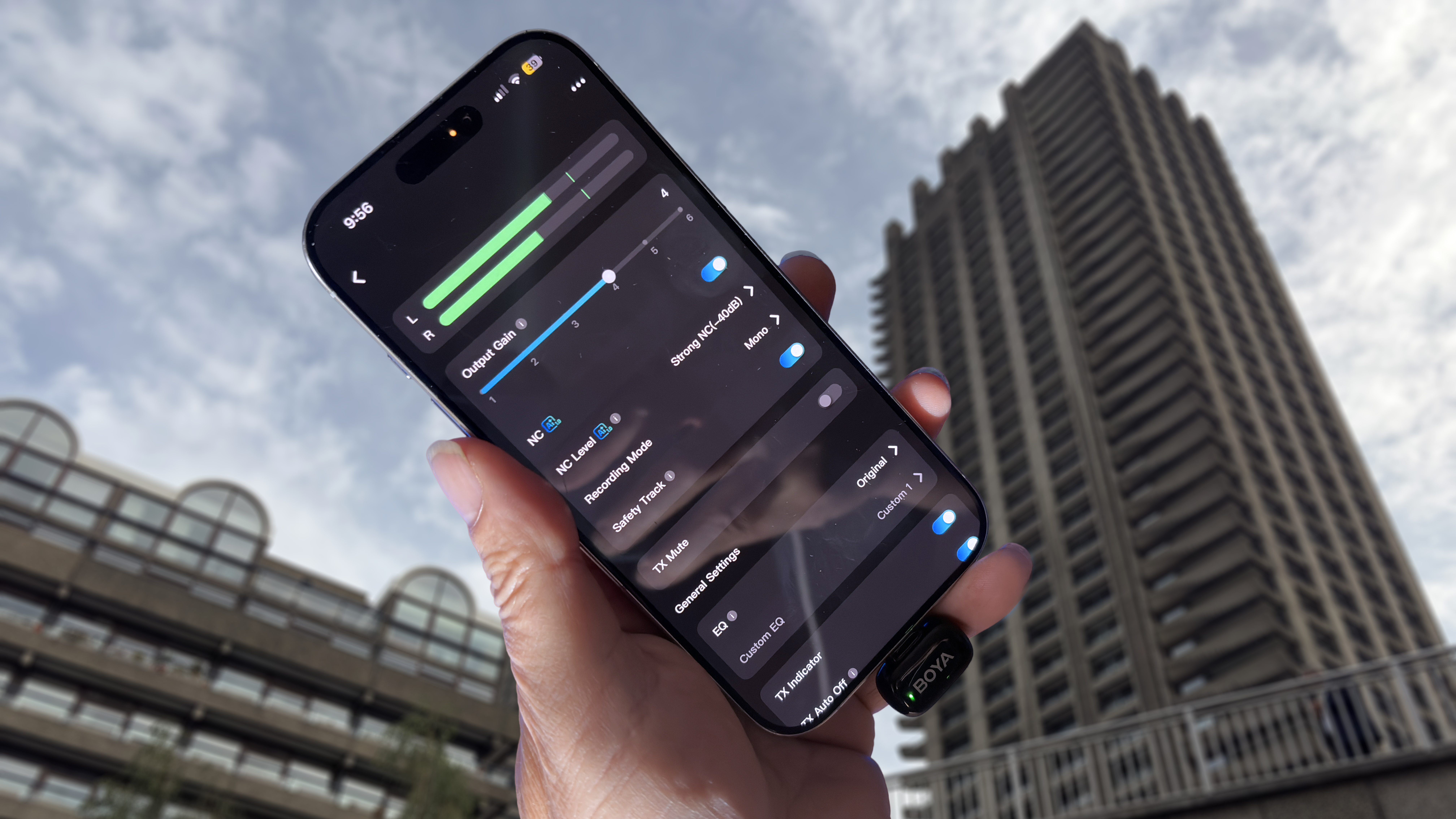
After testing the quality of the Boya mini 2’s noise cancellation feature, I performed a distance test. I felt a bit nervous leaving my borrowed iPhone 17 on a tripod as I walked away to a distance of around 60 feet, but fortunately, no one pinched my device. At around a distance of 20 feet, the Boya mini’s signal started to drop out when I faced away from the camera. This is because my body was blocking the line of sight between the mic on my chest and the transmitter on the iPhone 17. I was a bit surprised that dropout occurred so soon, as on my previous test of the original Boya mini (back in 2024), I didn’t hear any dropout even from approximately 60 feet away when the line of sight was lost. However, it’s possible that the concrete wall that the iPhone 17 was resting on affected the 2.4 GHz signal when testing the new Boya mini 2. Fortunately, when I turned to face the camera (and the line of sight was restored between transmitter and receiver), my voice sounded loud and clear, which is an impressive feat for such a small (and affordable) wireless kit.
Verdict
The Boya mini 2 may be small and cheap, but when it comes to improving your content’s audio production values, this could be the best value $30 that you’ll ever spend on kit. Thanks to the compact nature of the Boya mini 2, you can keep it in your pocket at all times in case you need to record a quick chat to camera or capture a sudden interview opportunity.
Indeed, the Boya mini 2’s carry case is only slightly larger than an Apple AirPod case (and as it’s a similar shape, you’ll easily mistake one case for another when rummaging for the Boya mini 2!). It may suffer from drop-out when you turn your back to the camera, but for the most part, you’ll be facing the lens, so this isn’t a big issue (especially given the small price!).
The obligatory noise cancellation feature can lead to a flat-sounding voice, so I’d recommend reducing noise in a post-production app such as Premiere Pro. But all in all, this is more than worth the purchase price, and I can see myself carrying the Boya mini 2 in my pocket at all times in case I need its services! I can wax lyrical about how this is an effective mic kit for its price, but listen to the Boya mini 2’s quality for yourself via my video in the Performance section.
Features | 48kHz/24-bit recording helps transit pro quality sound and the safety track gives peace of mind when it comes to capturing non-distorted audio. The latency is also negligible which saves you time in the edit. 5 |
Design | The pocket-friendly Boya mini 2 kit is so compact that you can always carry it with you. The built-in foam wind shields aren’t as effective as the fluffier versions in more expensive mic kits. 4 |
Performance | Drops out when line of sight is lost, even when relatively close to the camera. However when facing the lens you sound loud and clear even at a distance. Noise cancellation is effective, but at the cost of a flat sounding voice. 3 |
Value | This is at the more affordable end of the wireless mic kits spectrum yet provides excellent quality audio (when facing the camera). 5 |
Overall | ★★★★☆ |
Alternatives
You’d be hard-pressed to tell the difference in audio quality between the cheaper Boya mini 2 and the pro-level Boyamic 2. They both transmit a 48 kHz / 24-bit quality audio signal via a 2.4 GHz digital frequency. However, if audio drops out on the Boya mini 2, then you lose your take, while thanks to the Boyamic 2’s onboard recording feature, you can patch any dropout gaps in the edit.
Read the full Boyamic 2 review
When I tested the original Boya mini back in 2024, I found it was less prone to signal drop out than the newer Boya Mini 2 (so it got an extra half star compared to the Boya Mini 2’s 4-star review). However, at the time of writing, it doesn’t appear to be any cheaper than the higher-specced Boya mini 2.
Read the full Boya Mini review
George has been freelancing as a photo fixing and creative tutorial writer since 2002, working for award winning titles such as Digital Camera, PhotoPlus, N-Photo and Practical Photoshop. He's expert in communicating the ins and outs of Photoshop and Lightroom, as well as producing video production tutorials on Final Cut Pro and iMovie for magazines such as iCreate and Mac Format. He also produces regular and exclusive Photoshop CC tutorials for his YouTube channel.
You must confirm your public display name before commenting
Please logout and then login again, you will then be prompted to enter your display name.

